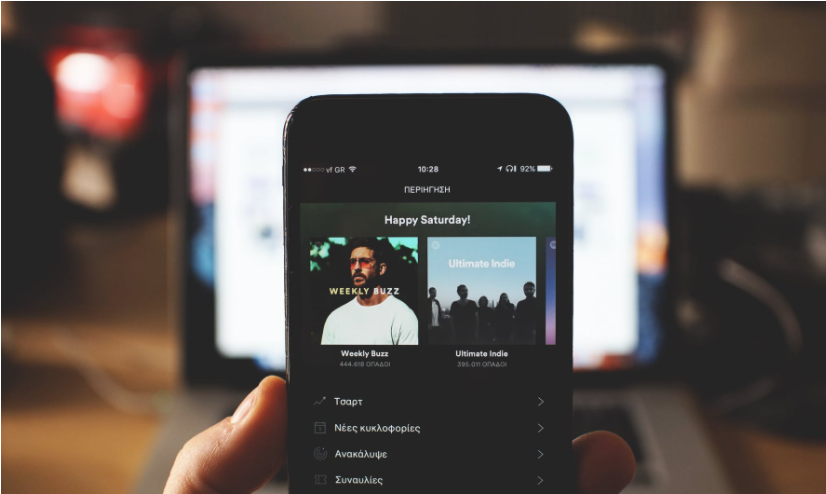
Spotify has been accused of undervaluing artists' work on its platform and that they deserved to be paid more per stream. Now the streaming service is trying to address these concerns with a new website called Loud & Clear.
Spotify shows artists' catalog
The website Loud & Clear offers more insight into how much the platform pays the artists and how they are distributed.
The website also includes a calculator so artists can see where their work ranks on Spotify, just like how a song with 100,000 all-time streams would only be in the top 2,710,000 tracks on the platform.
Spotify says it has paid more than $23 billion in royalties to rights holders, which includes more than $5 billion in 2020, which is an increase from $3.3 billion in 2017.
Spotify also noted that there are 1.2 million artists with more than 1,000 listeners on the platform, although it does not say how many artists there are in total, but that 15% or 184,500 of their catalogs generated recording and publishing royalties of at least $1,000.
However, the payments do not directly go to the artists and are instead paid through their rights holders, like record labels and distributors, which then refer to the contracts they hold with artists.
This means that the artists did not receive the full $1,000 from their Spotify streams. Also, only 870 artists' catalogs generated $1 million or more in royalties.
People can see all of this data on the website, and if you have any questions about how streaming royalties work and how the company figures out how much to pay rights holders, Spotify has released a video on YouTube.
Spotify's transparency on royalties
Spotify's sudden increased interest in transparency comes after a couple of its competitors are experimenting with new ways to pay the musicians on their platforms.
Just this month, SoundCloud announced that it would pay indie artists based on their actual listeners instead of the share of the overall streams.
This means that a SoundCloud subscriber's subscription fee or advertising revenue is divided up among the artists they listen to instead of going to a massive pot and being divided up and shared with the platform's most popular artists like what Spotify does.
Charlie Hellman, the VP, and head of marketplace of Spotify, told The Verge, that the company's internal research does not suggest that this model would shift the types of artists that succeed in the platform, but that if the industry decided to move towards change, Spotify would be open to it.
Unfortunately, being transparent with the royalty fees does nothing in helping artists feel better about their music being on the streaming platform.
Sure, Spotify does attempt to make it easier for artists to get profit, as Spotify has features like a tip jar, and it gives the artists the ability to sell their merchandise, concert tickets, and more.
But how much artists have earned through those Spotify features is not detailed on the website, and the website makes it clear that hundreds of thousands of artists earn less than a living wage through the streams.
This article is owned by Tech Times
Written by Sieeka Khan
ⓒ 2025 TECHTIMES.com All rights reserved. Do not reproduce without permission.




